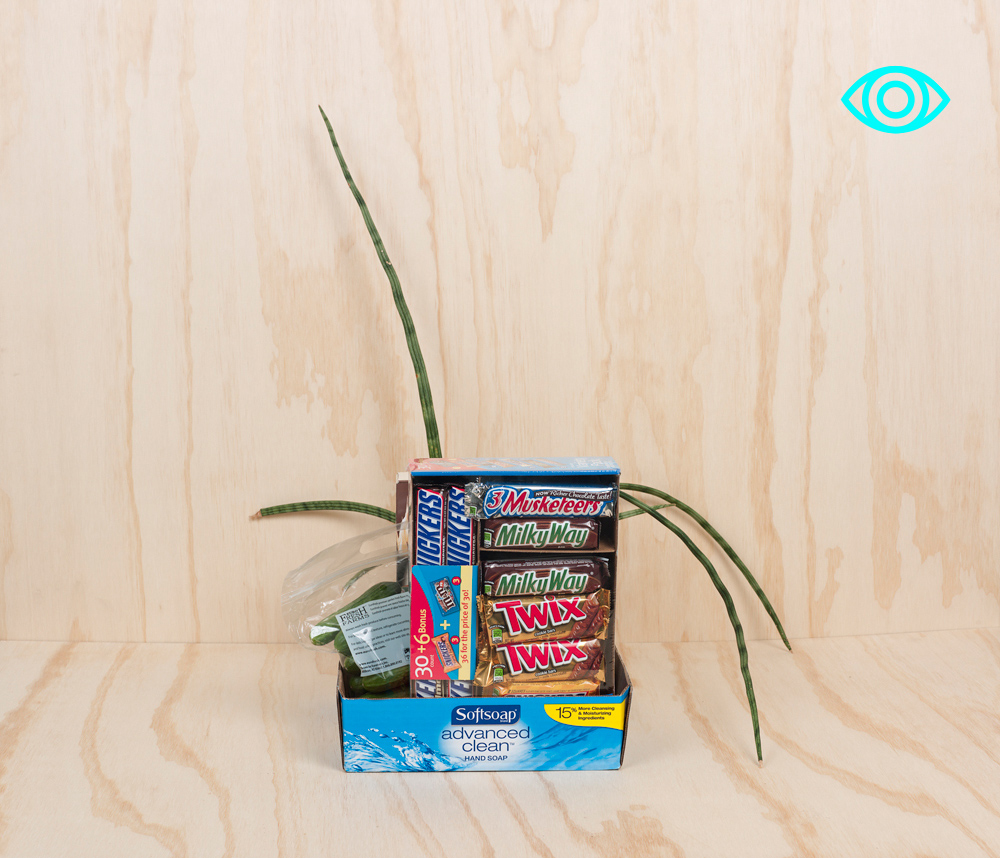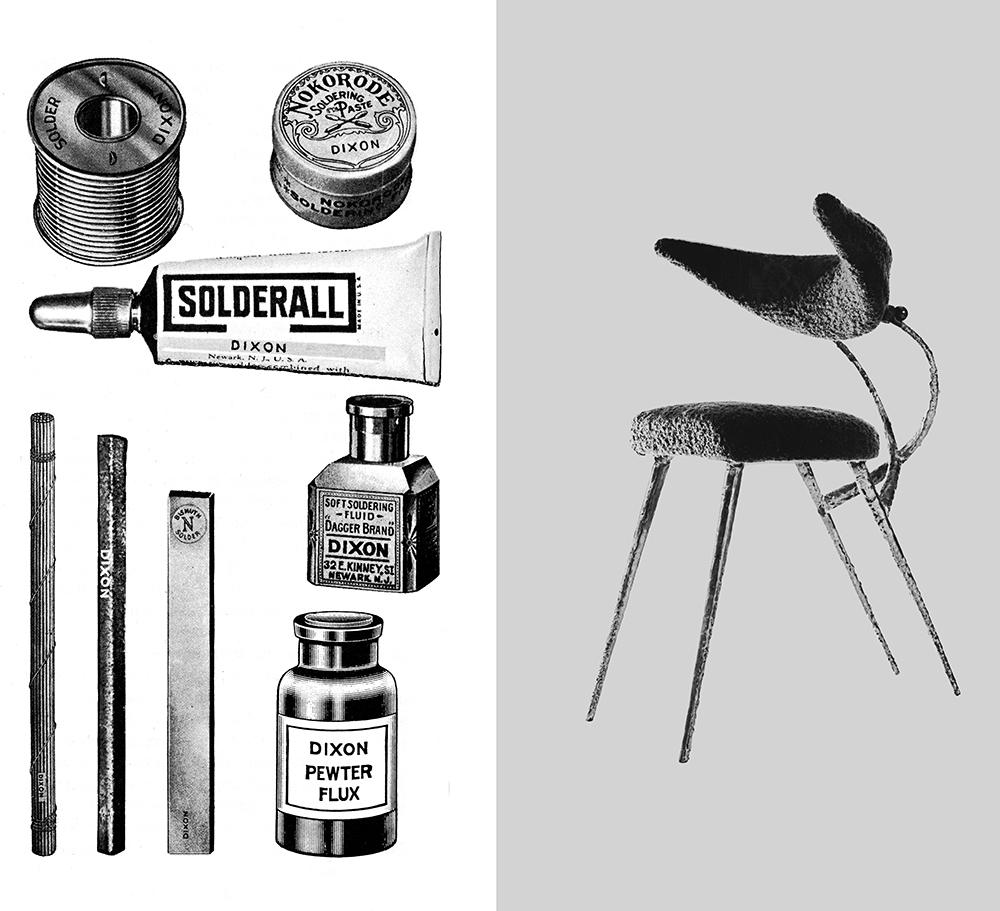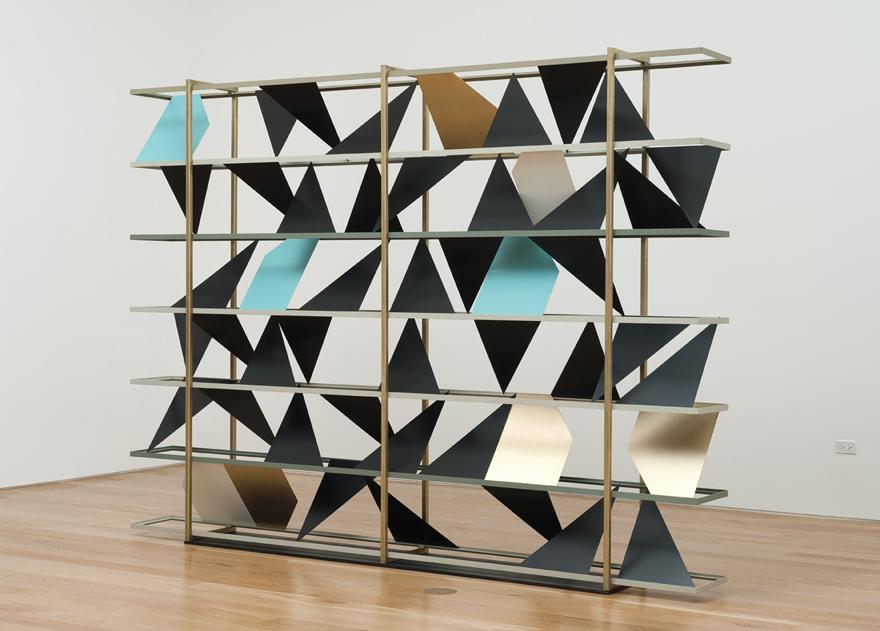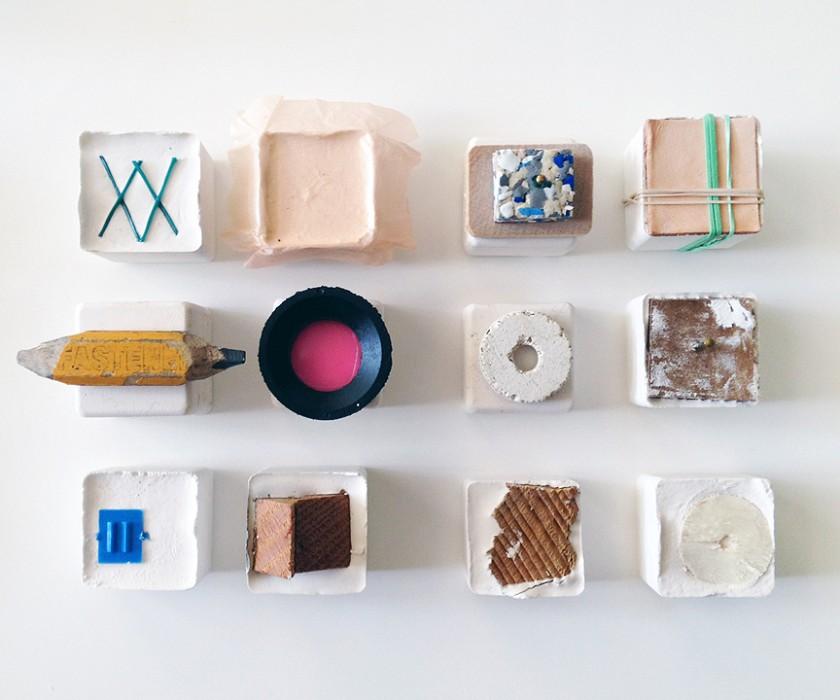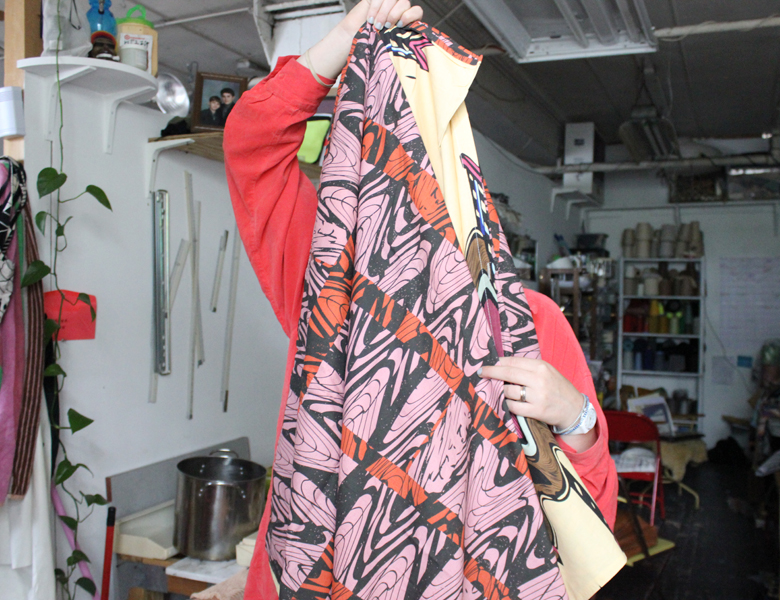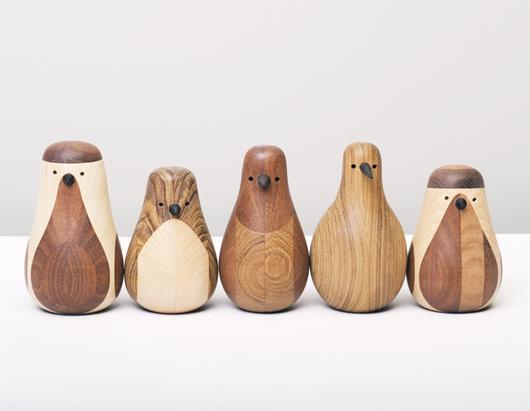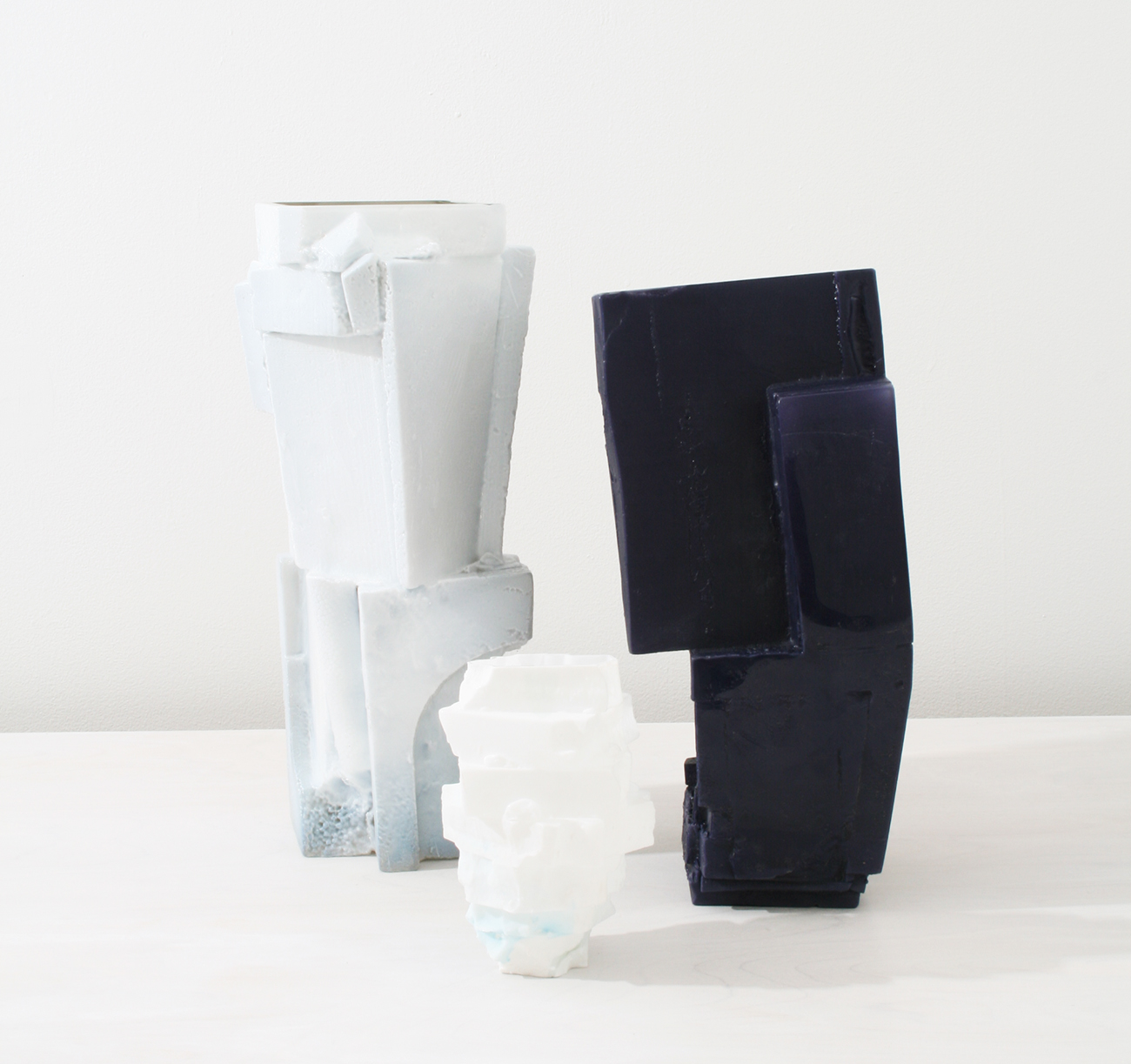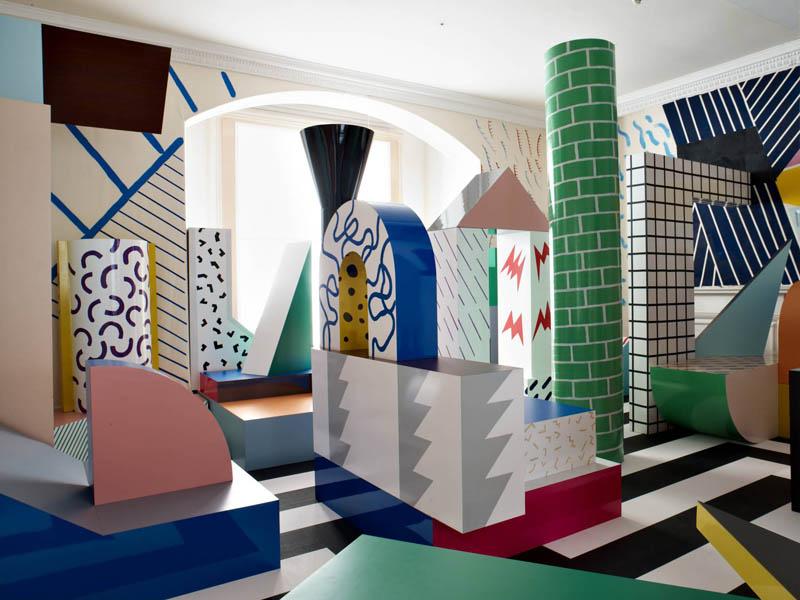
09.04.14
8 Things
Andy Coolquitt, Artist
“It was a weird thing for a kid growing up in a Baptist family to collect,” says Andy Coolquitt of the whiskey bottles that formed his earliest stockpile. “I was interested in the beautiful, sculptural shapes of the bottles and the graphic design of the labels. It was something we didn’t have in our house, so it was a bit exotic. I had them displayed in this little cave-like space off the garage.” The now Austin-based artist was raised in Mesquite, Texas, in what he describes as a “bland, boring suburban existence,” with little “interest in visual culture.” Rebellion came in the form of “having a whole lot of stuff around me and letting that stuff dictate my aesthetic.” Since then, Coolquitt has literally turned obsessive scavenging into an art form. Metal pipes and tubing, plastic lighters, aluminum cans — these are just a few of the found materials he repurposes and transforms, setting them up in conversation with each other and giving them a life-like, almost human quality.
